Help is a call away: +44 1204 452000

 Trustpilot
Trustpilot
Discover floristry tips, flower trends, and expert gifting ideas to choose the perfect blooms for any occasion.
Latest
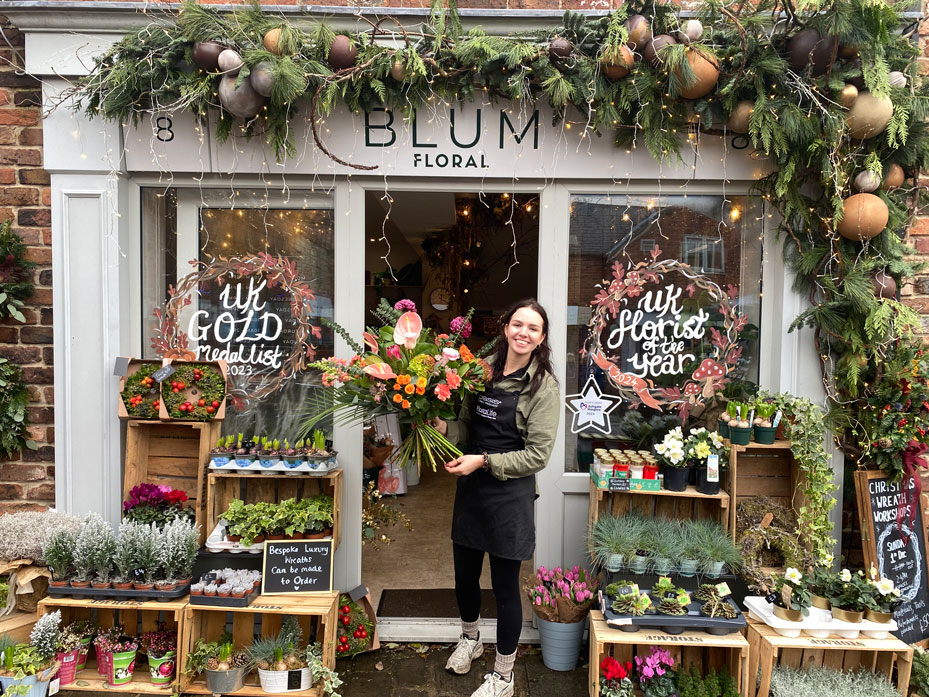
Why shopping locally this Christmas really matters
Read more
When is Mother's Day in the UK & Ireland? Plus, Dates Around the World
Read more
Flower Shop Adventures With Joy Knight
Read more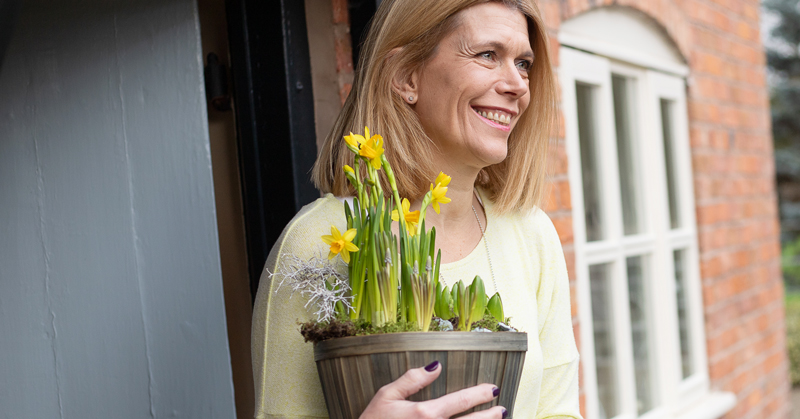
Celebrating Easter: The Meaning Behind the Blooms
Read more
Reducing stress through floral mindfulness
Read more
Boosting employee morale: sending flowers to remote workers
Read more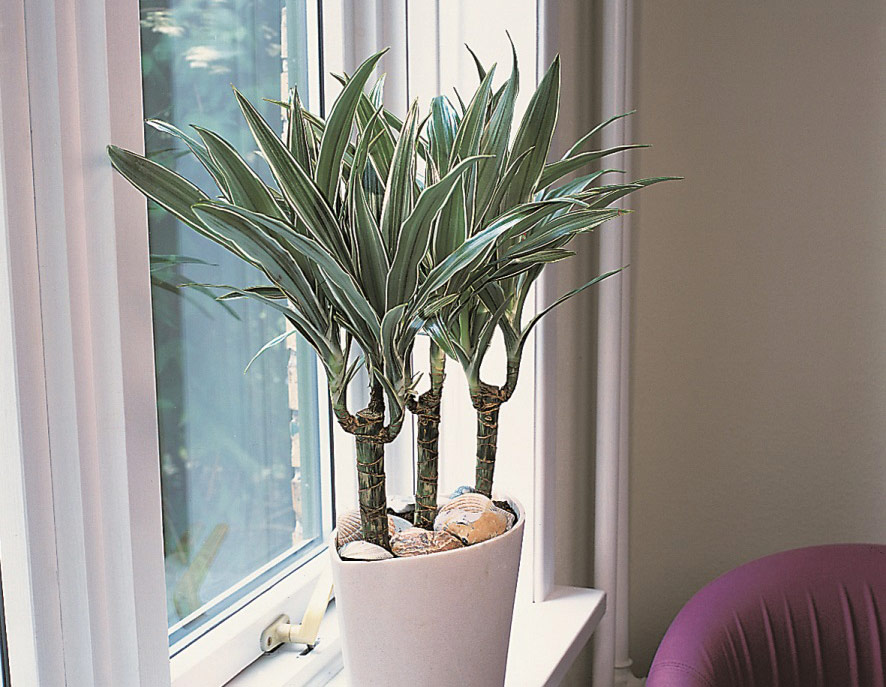
Discover the secret to good health and happiness: fill your home with happy and healthy houseplants
Read more
Edinburgh's Floral Clock: a timeless masterpiece
Read more
Direct2florist sponsors WorldSkills UK floristry competition to champion up-and-coming professional floristry talent
Read more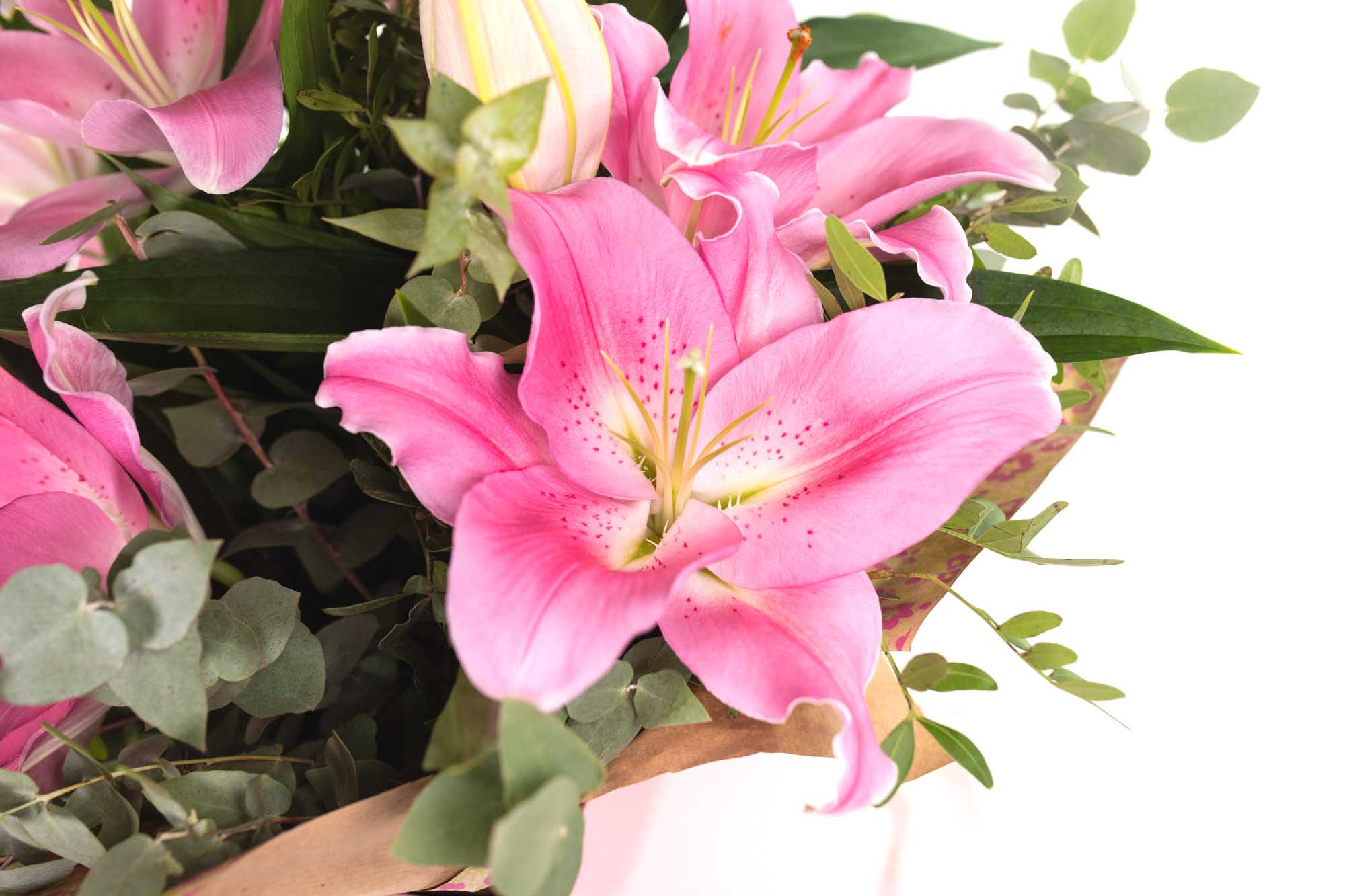
Flower Bouquet Names - 100 Ideas for Florists
Read more
Direct2florist BFA Named National Flower Sender of the Year
Read more
Eleven fantastic films to stream this Valentine's Day
Read more
Direct2florist Wins People's Choice Greater Manchester Family Business Award 2020
Read more
What can you do to make your plants last a little longer?
Read more
Top tips for sending Christmas flowers
Read more
Direct2florist Supports The Oliver King Foundation
Read more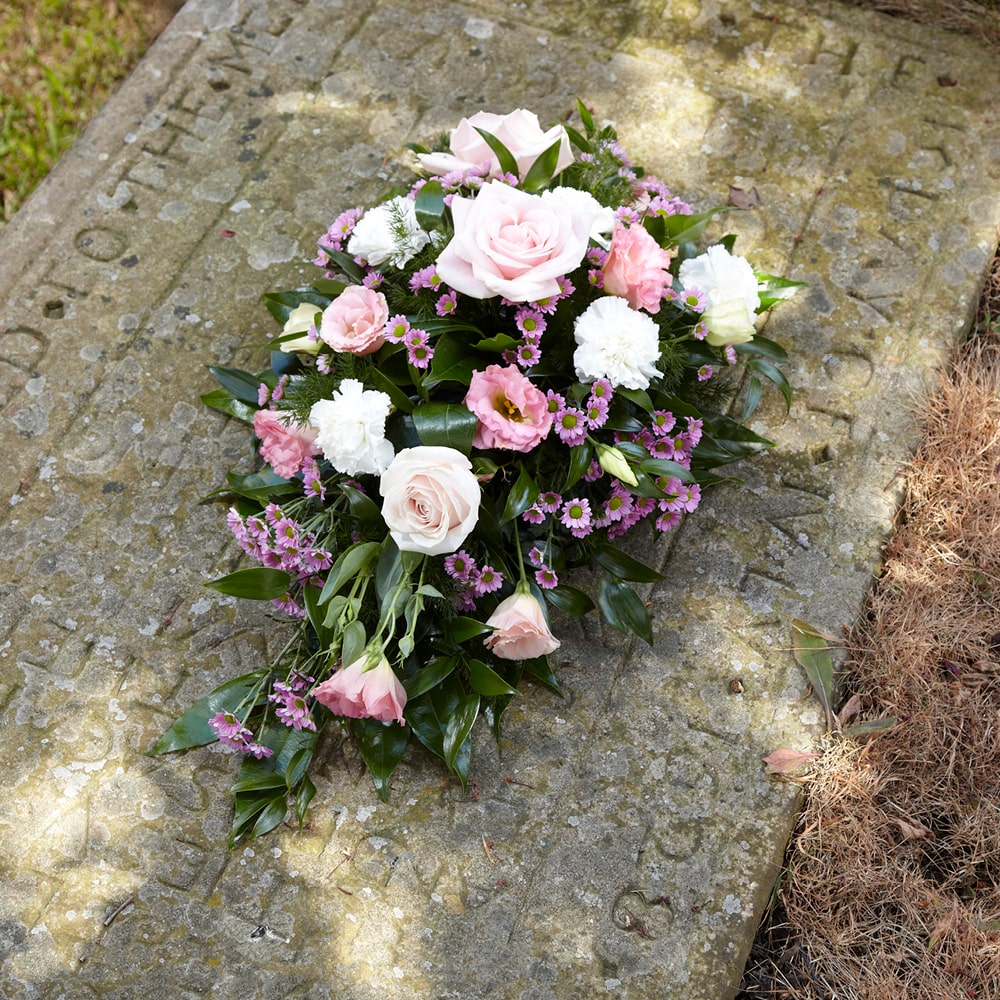
Selected Funeral Verses & Poems
Read more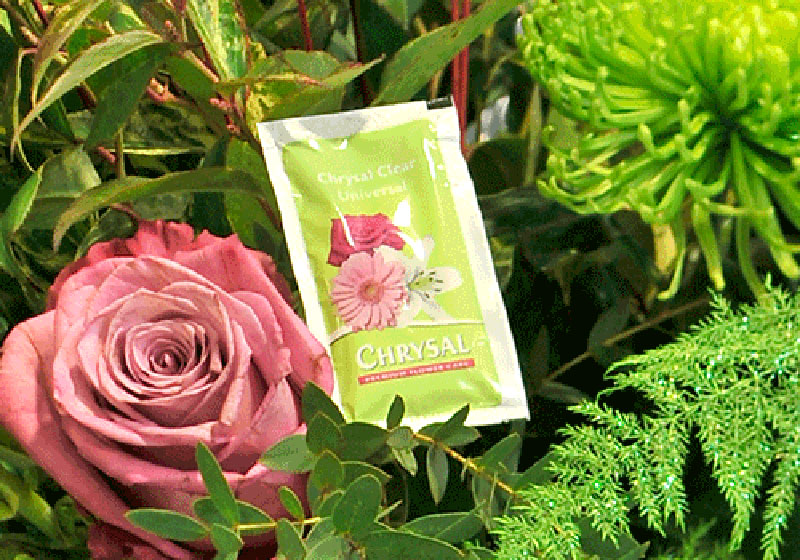
The old wives tales of flower care
Read more
Sending Flowers to a Girl: Dos and Don'ts
Read more
Support the high street. Support local.
Read more